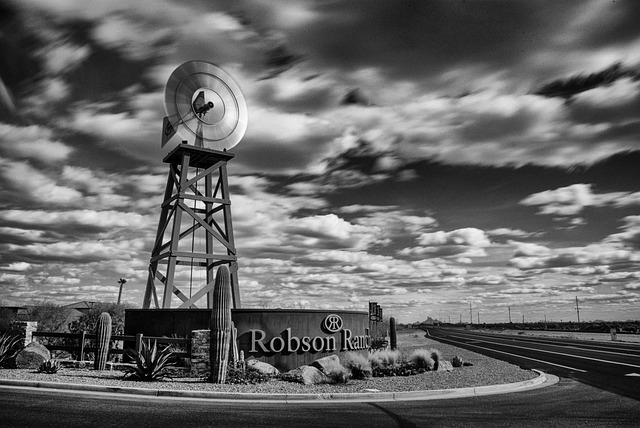Strategic real estate investments in central locations near highways and rail networks yield significant advantages due to reduced commute times, increased accessibility, higher foot traffic, and proximity to urban amenities. These prime spots are highly desirable for both residential and commercial properties, attracting developers who create mixed-use developments catering to diverse needs, resulting in maximized property values and vibrant communities.
In today’s competitive real estate market, central locations near highways and rail networks are a developer’s secret weapon. These strategic positions offer unparalleled accessibility, attracting businesses and residents alike. This article explores the multifaceted benefits of such prime spots for investors, delves into the compelling infrastructure that fosters development, and provides actionable strategies to maximize high traffic areas in real estate projects. Discover how centrality revolutionizes urban landscapes and drives market success.
The Benefits of Central Locations for Real Estate Investors

For real estate investors, securing a central location near highways and rail networks can offer numerous advantages. These prime spots are often highly desirable for both residential and commercial properties. The accessibility they provide reduces commute times, making them attractive to potential tenants or buyers who value convenience and connectivity. This, in turn, can lead to higher rental yields or property values over time.
Additionally, central locations near transportation hubs benefit from increased foot traffic, which is a plus for businesses and retailers. Investors can tap into a broader market of interested parties, further enhancing the property’s long-term investment potential. Such strategic positions also allow for easier access to urban amenities, schools, hospitals, and entertainment centers, adding to their appeal and ensuring a steady demand for rental or sales opportunities.
Accessibility and Infrastructure: A Magnet for Developers

Accessibility and a robust infrastructure are key factors that make central locations near highways and rail lines highly desirable in real estate. Easy access to major transportation networks significantly boosts the value and appeal of nearby properties, attracting developers who seek prime sites for their projects. With efficient connectivity, businesses can tap into wider markets, reducing travel time and logistical costs, which are critical success factors for any enterprise.
The availability of well-developed highways and rail systems indicates a region’s commitment to modern infrastructure, fostering an environment conducive to economic growth. This, in turn, encourages investment in commercial and residential real estate, driving urban development and creating vibrant communities. As such, central locations with excellent transportation links have become magnets for developers seeking to capitalize on the increasing demand for convenient, accessible properties.
Strategies for Leveraging High Traffic Areas in Real Estate Development

In real estate development, leveraging high traffic areas offers a unique advantage. Central locations near highways and rail networks attract a constant flow of people, providing excellent exposure for businesses and residential projects alike. Developers can capitalise on this by designing spaces that cater to diverse needs. For instance, mixed-use developments combining retail, office, and housing are becoming increasingly popular in these areas due to their convenience and accessibility.
Strategic planning involves understanding the demographics and preferences of potential tenants or buyers. By offering amenities tailored to high traffic, such as easy access to public transport, ample parking, and convenient shopping options, developers can create vibrant communities. This approach not only enhances property values but also fosters a sense of community, making these locations highly desirable for real estate investments.






